Whole-house filters are great investments if you want healthy, decontaminated water from every tap in your house. Similar to other appliances, these filters can develop faults and can begin to leak, which can cause a drop in water pressure throughout the home and lead to air bubbles entering the pipes if it is not fixed.
A whole-house water filter usually leaks because of loose components, cracked pipes, damaged filter housing. Faulty O-rings, lodged sand or debris, and clogged or damaged filter cartridges can also cause a whole-house filter to leak, especially from the top.
This guide provides detailed information on the reasons why your whole house filter is leaking and how you can fix each of these problems step-by-step.
How Your Whole House Water Filter Should Work
A whole house water filter is a filtration system that supplies healthier, decontaminated water to every water outlet in your home. This includes faucets, showerheads, and even dishwashers.
Whole house filtration systems are point-of-entry filters. They connect to the main water line and process the water before it gets distributed to various parts of your home.
Whole house filters usually have three components – a sediment filter, a carbon filter, and a “main” filter.
The sediment filter is also known as the pre-filter. It removes large particles like dirt, sand, debris, etc.
Sediment filters increase the lifespan of your water filter because these large particles can cause considerable damage to the system.
The carbon filter removes odors and impurities such as excess chlorine through a method known as adsorption.
The ‘main’ filter is your preferred choice of filter, and this usually depends on your precise needs. It could be a Reverse Osmosis membrane, a water softening filter, a UV filter, or a combination of different purification methods.
These different filters should work by treating and then passing the water from one to the next and finally onto your faucets.
A leaking whole house filter can not only cause mess around the system, but can cause a drop in water pressure throughout the home, lead to air bubbles entering the pipes, and can also mean the filter is not cleaning the water properly.
Reasons Why Your Whole House Water Filter Is Leaking
If your whole house water filter is leaking, several factors could be the culprit:
- Loose-Fitting Components: Connections that aren’t securely fastened.
- Cracked Pipes: Damage or cracks in the pipes connected to the filter.
- Damaged Filter Housing: Issues with the filter housing can lead to leaks.
- Faulty O-Ring: A worn or improperly seated O-ring can cause leakage.
- Lodged Sand or Debris: Particles blocking the filter can disrupt the system.
- Clogged or Damaged Filter Cartridge: A filter cartridge that’s blocked or damaged may result in leaks.
Before dismantling the components of your water filtration system while trying to locate or fix the leak, make sure you properly shut down and depressurize the water filtration system.
Here’s some general instructions to help you do that:
- Locate the Main Water Supply Valve: Turn it off by rotating it counterclockwise. This valve is usually situated about five feet from where the water enters your house. This action will stop the flow of water into your home.
- Open Faucets to Drain the System: With the water supply off, open faucets to release any remaining water or air in the pipes. Starting with faucets on the ground floor is preferable to ensure all water and air are cleared from the plumbing system.
- Utilize the Bypass Valve (if available): If your whole house filtration system has a bypass valve, turn it on. This allows water to enter your home even with the filter offline.
- Depressurize the System: Your filter housing might have a pressure-release button, usually located on the top or side. Press this button to release pressure from the system. Consult your instruction manual if you’re unsure about the button’s location.
By following these steps to shut down and depressurize your water filtration system, you’ll not only make your work more manageable but also prevent the risk of flooding in your home.
Now that’s sorted, here are the possible reasons your whole house filter is leaking, the diagnostic features, and the solution to each problem.
1. Loose-Fitting Components
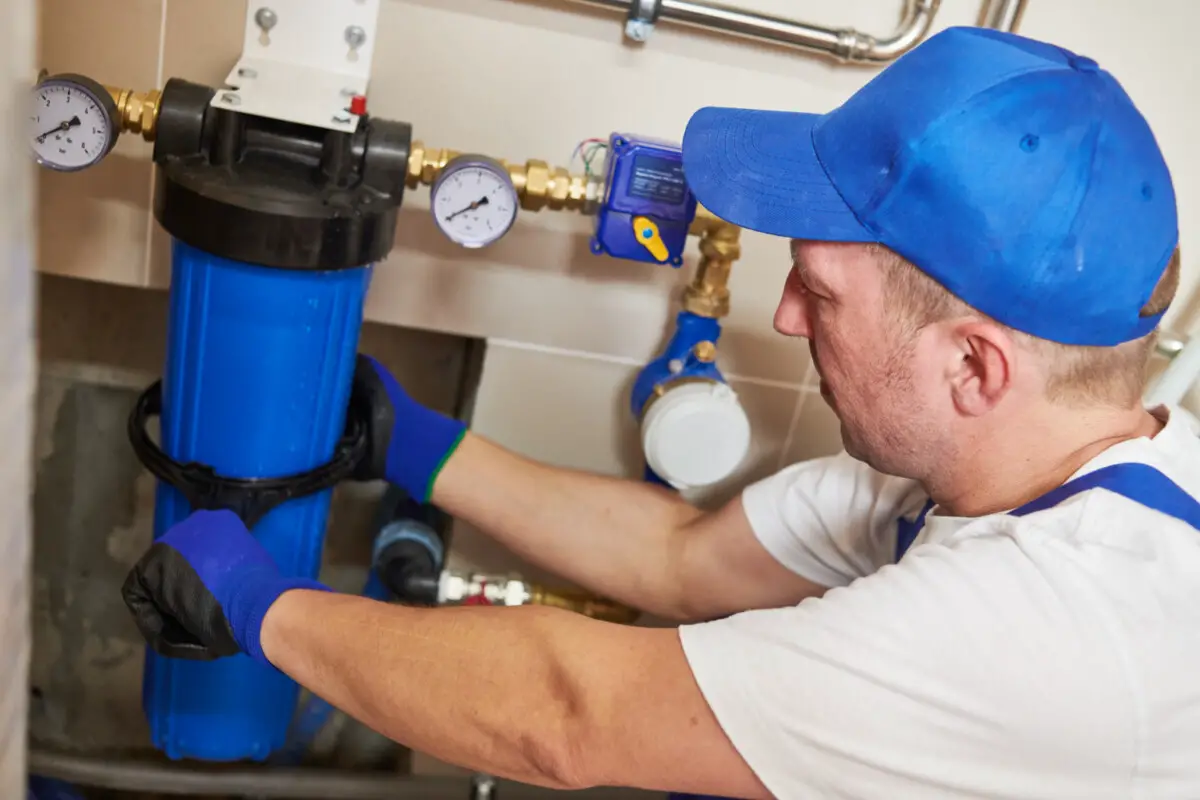
Your whole house filter has several parts that can become loose over time, or after changing the filter. When these components aren’t fitting together tightly, it’s likely to develop a leak.
This leak is usually at the connection point between fittings.
Solution:
If you notice a leak at a connection, tighten the connection that seems to be leaking. Although, it’s best to double check the tightness of every fitting.
You may need to use a wrench spanner for this.
Be careful not to tighten too hard or with too much force so the components don’t crack.
Once the fittings are tight, turn on the water supply and check for leaks.
You can use plumbing tape to help seal the connections.
If the leak is still present, one of the fittings is likely cracked or otherwise damaged and needs replacement.
2. Cracked Pipes
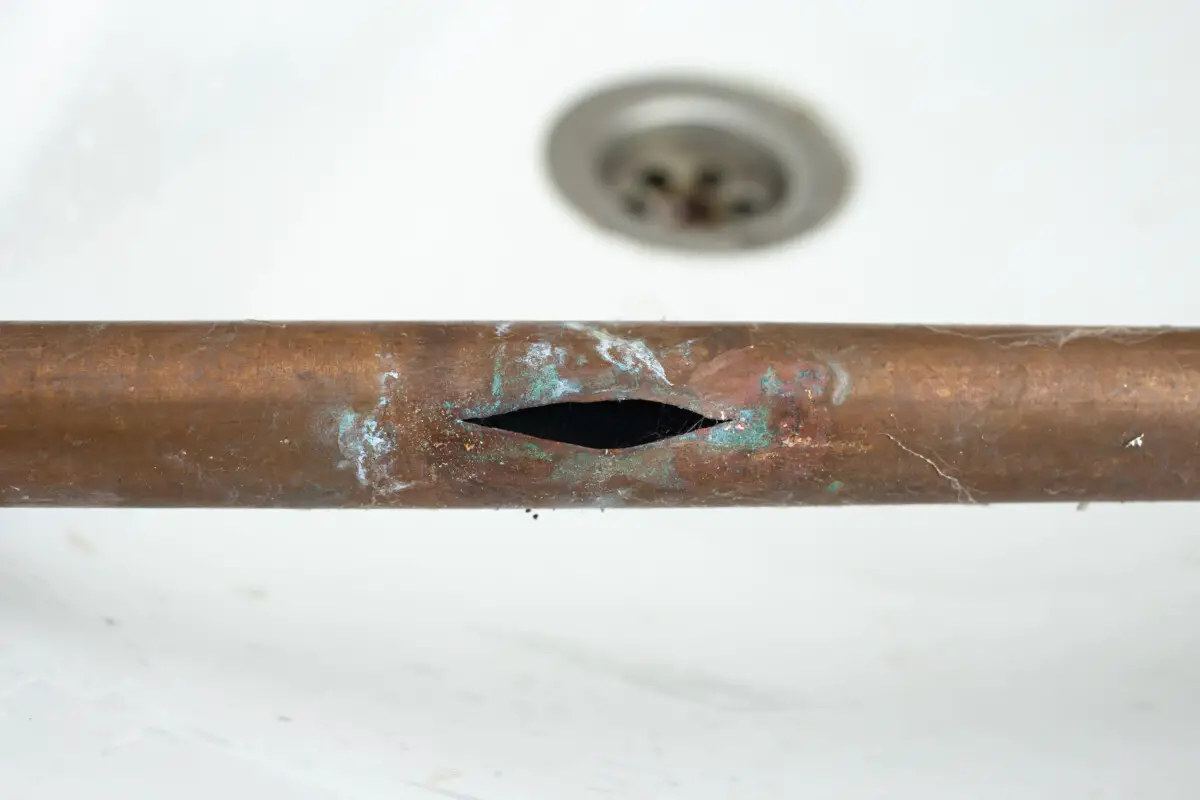
Once you’ve tightened the fittings and there is still a leak at a connection, unfortunately the most common problem is a cracked pipe or hose.
Solution:
Check carefully to find which pipe is leaking.
Remember to turn off the water supply to your home and remove the leaking piece.
Replace the damaged component with a new one and re-tighten all connections. With everything connected properly, turn the water supply back on.
3. Damaged Filter Housing
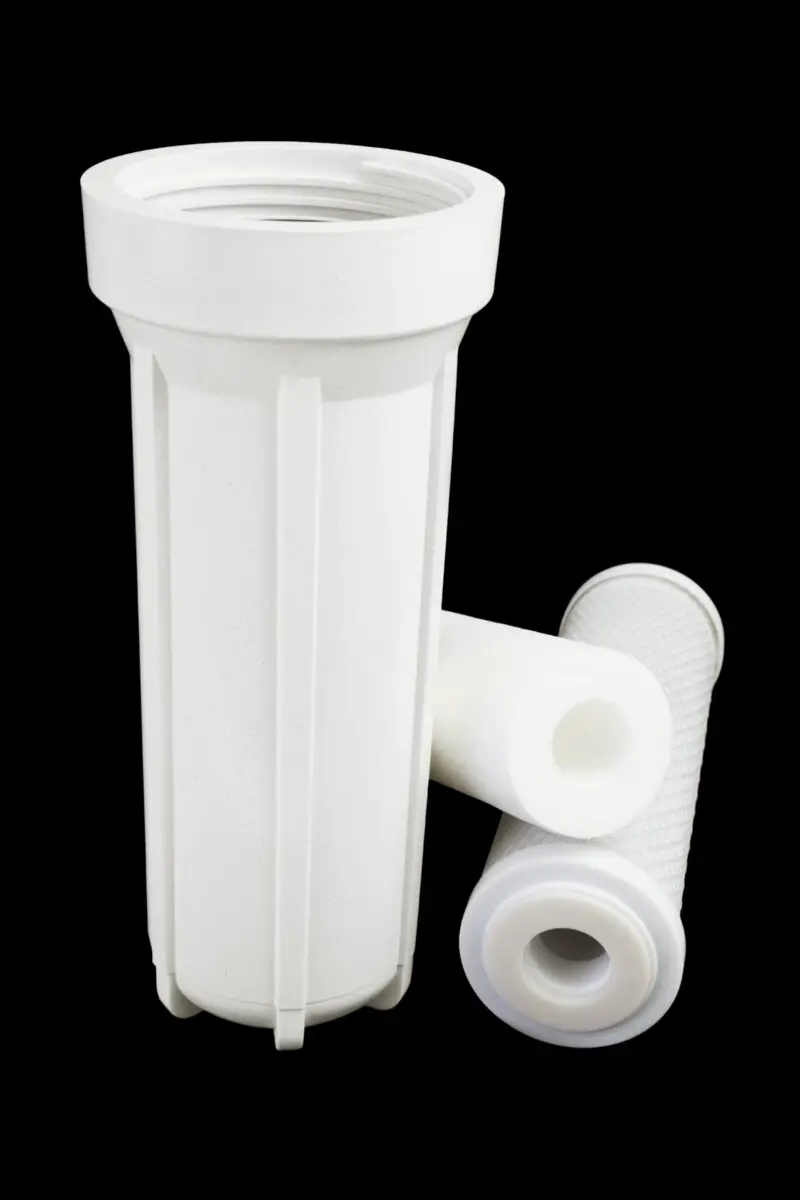
A leak can also be caused by a damaged filter housing. Usually, this kind of damage causes your filtration system to leak from the top.
To check for damage, use a bright torch light to carefully examine the filter housing for cracks. The light will help you detect tiny hairline cracks.
This is important because seemingly harmless hairline cracks can give way quickly and become a problem.
Check the threads as well for any cracks.
It usually helps to clean the filter housing before inspecting it for damage.
Solution:
If you notice any cracks, you will need to replace the filter housing with a new one instead of trying to repair the damage.
When re-installing, tighten securely but don’t overtighten. You can use plumbing tape to help secure the connection.
4. Faulty O-Ring
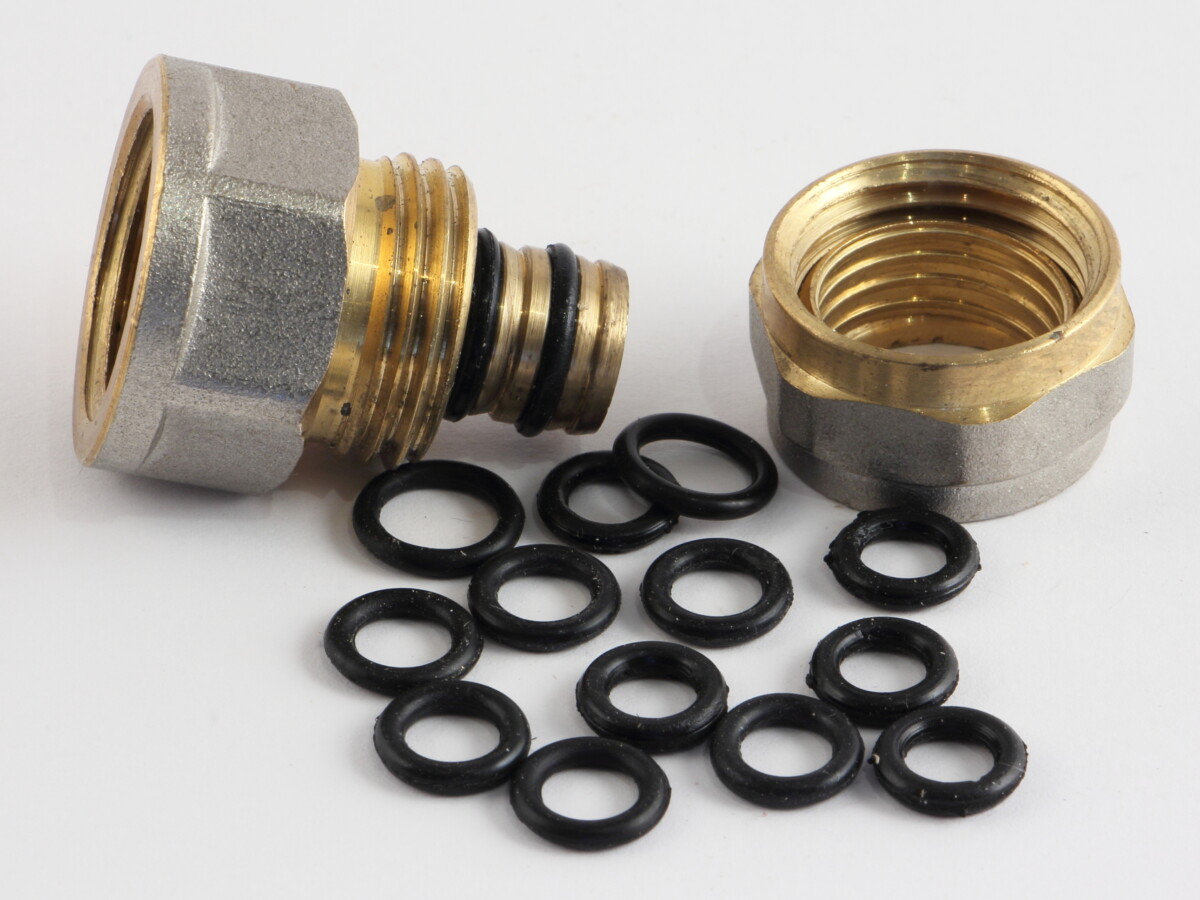
O-rings are small, flexible, and round. They look like very thick rubber bands.
O-rings create a seal between the sump and cap of the filter housing. This seal prevents water from leaking, making O-rings vital for your filtration system to work efficiently.
Normal wear and tear from long-term use can damage the O-ring.
A damaged, worn-out, or absent O-ring can cause your water filter to leak considerably, usually from the top.
Solution:
O-rings are easy and inexpensive to replace. Turn off the water supply as usual, unscrew the filter housing, and remove the old O-ring.
Before inserting the replacement, use clean water to rinse the area around the seat of the O-ring.
Lubricate the new O-ring using food-grade silicone grease.
These steps will help improve the lifespan of the new O-ring.
Replace the O-ring, fit all the components back together, restore the water supply, and confirm the leak has stopped.
5. Lodged Sand or Debris
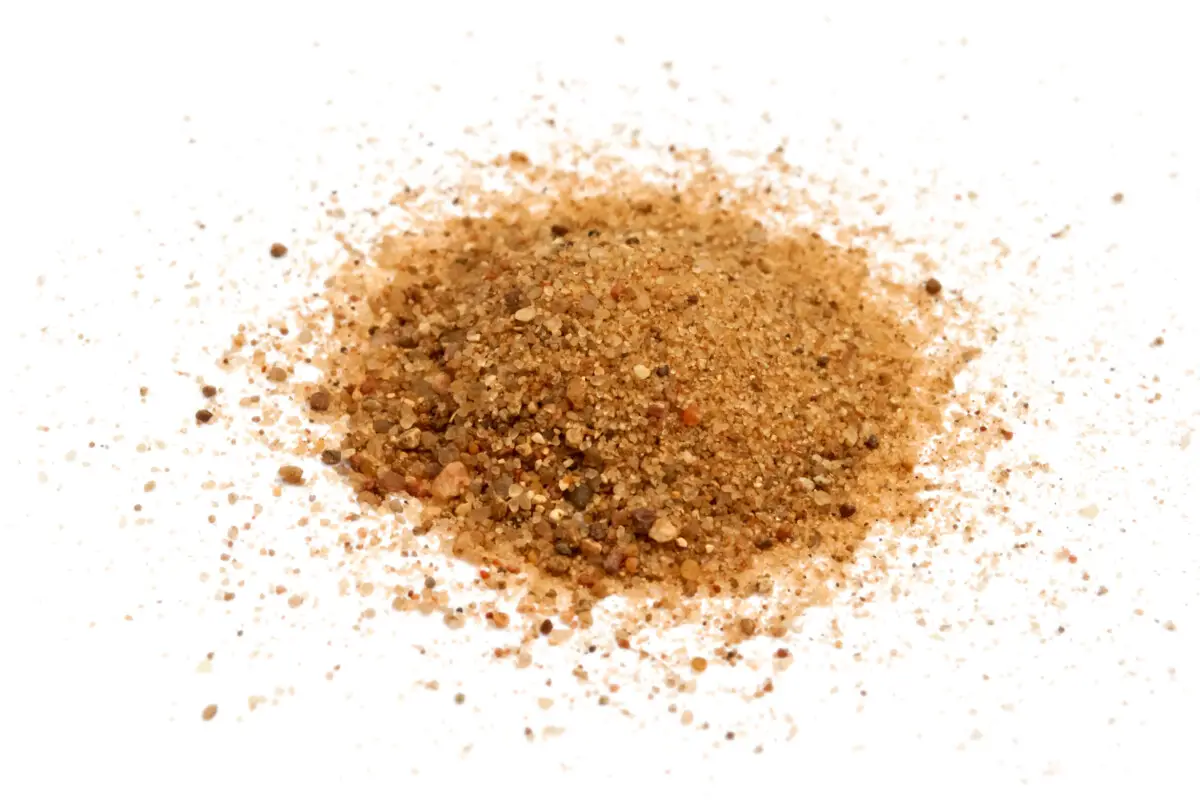
In some cases, the O-rings may be in good condition. But the presence of sand or debris in the recess where the O-ring rests, can prevent a proper seal from forming.
Sand or debris are always problematic when lodged in the O-ring recess or thread.
Without a proper seal, your filter is guaranteed to leak. This leakage is usually also from the top of the filter housing.
Solution:
Remove each of the O-rings. Carefully rinse and wipe the area with a clean cloth, you may need to use something small and thin to push the cloth in to get into any tiny threads or housing spaces.
Replace the O-rings, making sure each of them is well-seated. Restore the water supply after re-coupling the filtration system. Check for leaks.
6. Cracked or Damaged Filter Cartridge
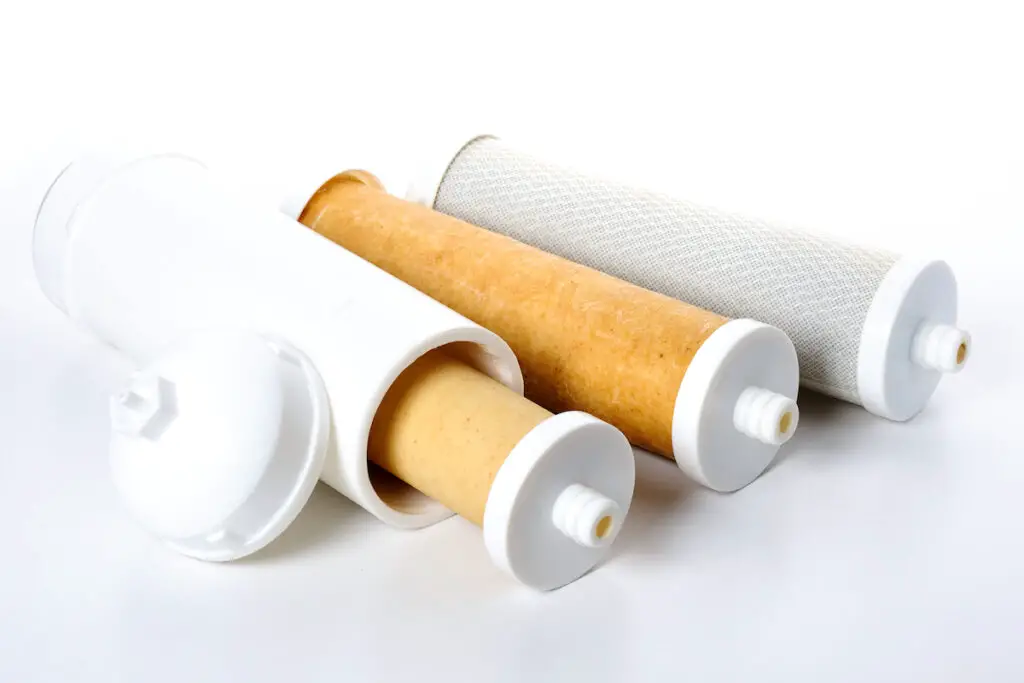
A faulty filter cartridge can cause an entire whole house water to leak.
This is can happen for two different reasons:
1. The cartridge is clogged with dirt and other contaminants.
The higher the concentration of contaminants in the water, the faster your filter cartridge gets clogged.
A clogged filter cartridge leads to a backflow of water because water doesn’t pass through as efficiently as it should.
If your filter cartridge is clogged or damaged, it also puts the filter housing at risk of damage.
2. A new filter that is faulty
It doesn’t happen very often, but sometimes new filters are faulty before they have even been used.
Solution:
Turn off the water supply, unscrew the filter housing, and pull out the filter cartridge.
Whether it is a faulty new filter or a clogged old one, discard the old cartridge and put in a new one. Make sure that the new cartridge is well-seated in the housing.
Use the filter’s manual to check that you have the appropriate replacement filter and that it is installed correctly.
Be careful when fitting in the new filter cartridge because it may damage the filter housing if it isn’t seated well.
Also remember to replace the filter cartridge once it is at or near the end of its life span recommended by the manufacturer. Do this even if you do not see much dirt clogging the filter.
If your whole house water filter has turned black then you may have another underlying issue that needs fixing. Water Purification Guide has information on why water filters turn black, and how to prevent it available here.
How Long Does A Whole House Water Filter Last?
Whole house water filters are reliable sources of clean water in the household. Their filters come in different sizes and capacities.
How long a filter lasts is based on several factors including, i) the level of contaminants and TDS in your water, ii) how much water you use every day, and iii) the size and capacity of your filter.
The capacity of your filter is determined based on how much water the filter can purify before it needs replacement.
On average, the pre-filter could last r about three to six months, while the carbon filter and post-filter both last for a year.
To get the best out of your whole house water filter, it should be replaced at least once every year.
Although you could change it every three to six months depending on the type of filter, frequency of use, and what you want to achieve.
